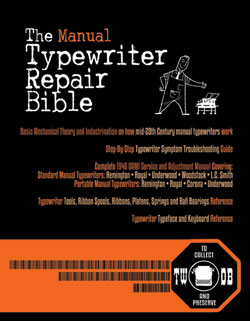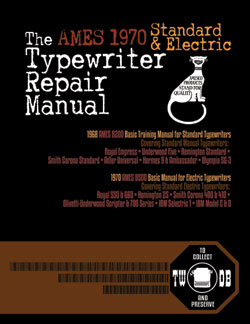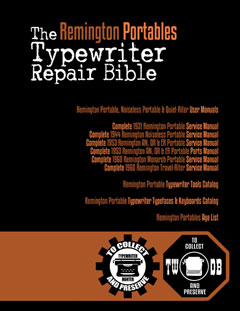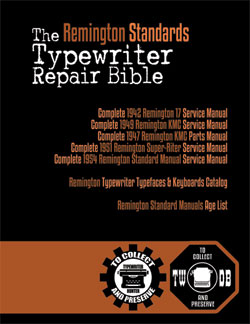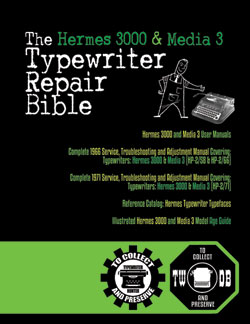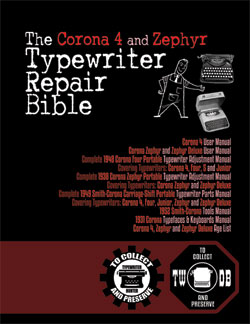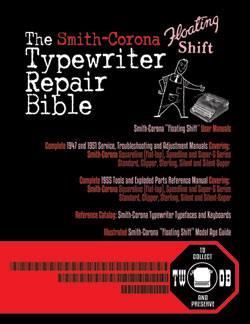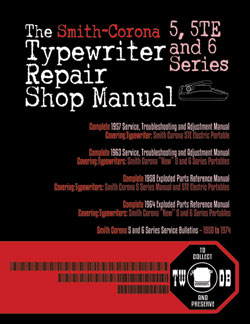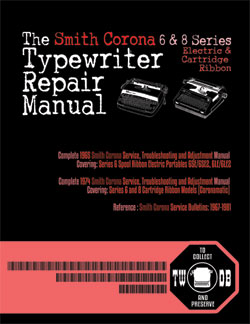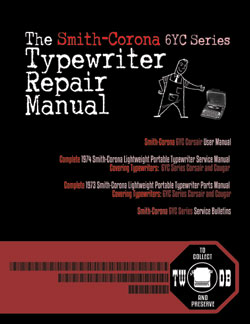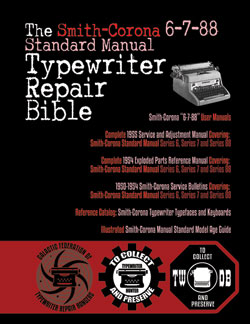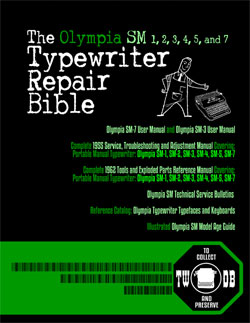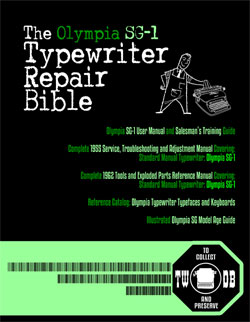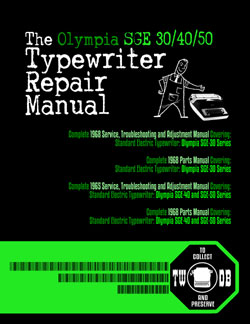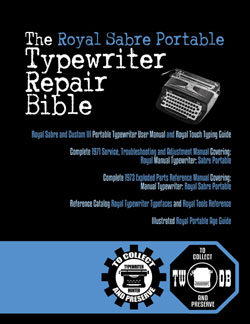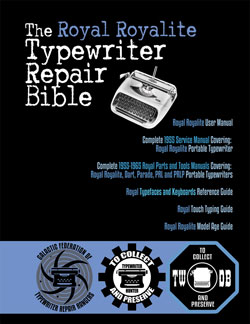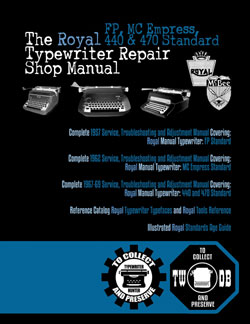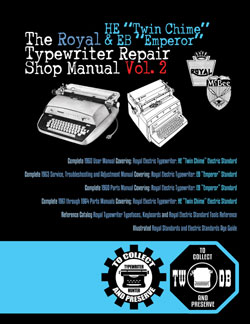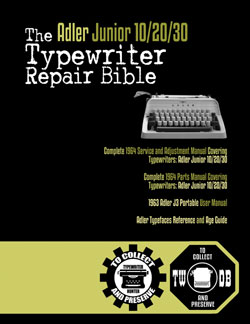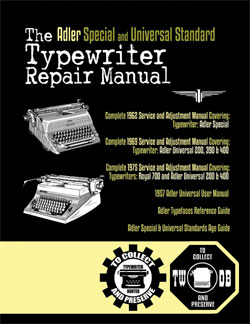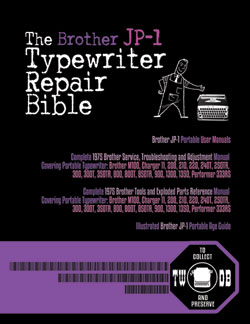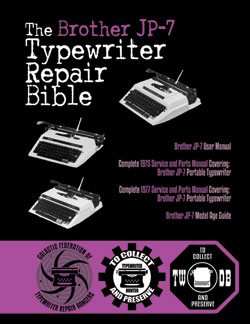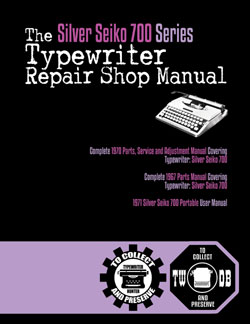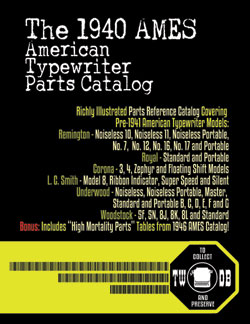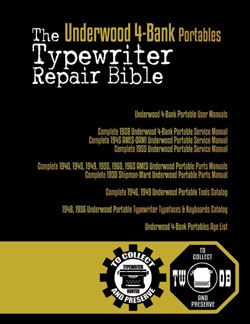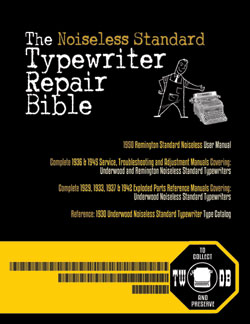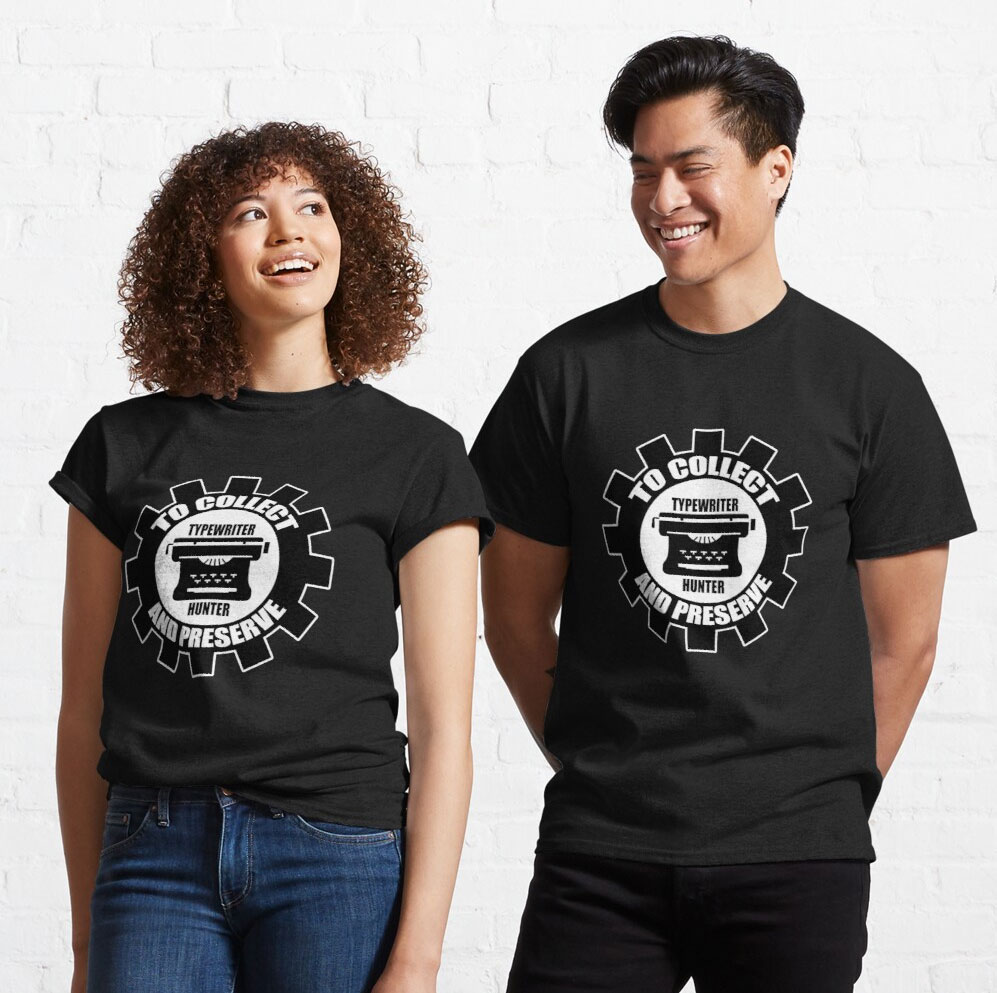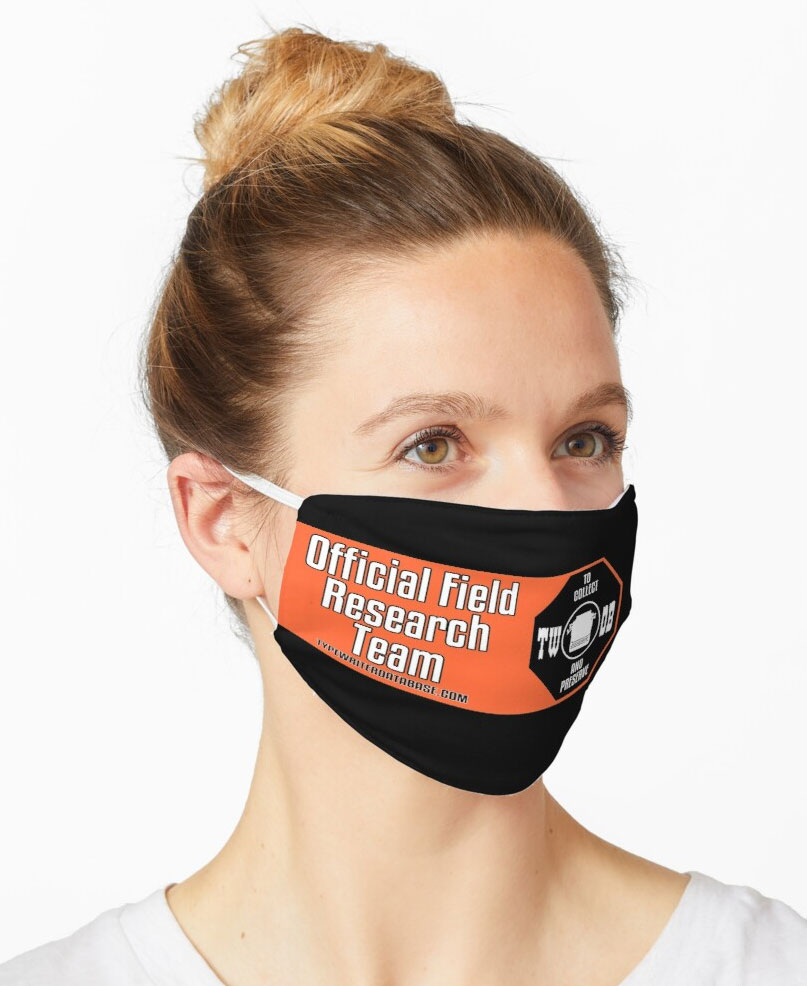1974 Facit 1620 #910275
Status: My Collection
Hunter: Hein Reinders (heinemaat)
Created: 06-28-2022 at 03:11AM
Last Edit: 06-29-2022 at 05:15AM
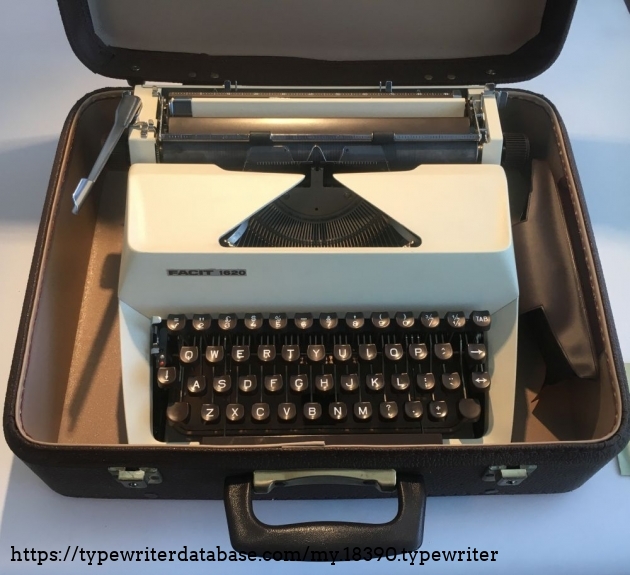
Description:
FACIT 1620 with a high SN# 910275, probably dating from 1974
A machine in a full metal jacket and of high quality.
There are some videaos on Youtube on the 1620, look at them before dismantling your machine.
Remarkable details:
- the elegant design
- the elegant mechanical design: you can see that the have been thinking (quality), and you can see what they have been thinking (ingeneous)
- high pressure aluminium diecast housing parts
- lightweight, for a desktop machine
- a sturdy case with two metal strips that hold the machine
- the typical tube type main bearing to guide the carriage, plus an extra rollerbearing to prevent rotation around the tube's axis
- the double paper support that is operated by the right hand support
- the ease of disassembling the machine
- the tendency for the escapement to get stuck, as was the case in this machine. Due to corrosion in this case
- the nice transport lock mechanism: perfect design
- the tiny type face (and the dry ribbon in the type face photo)
-
Typeface Specimen:

Photos:
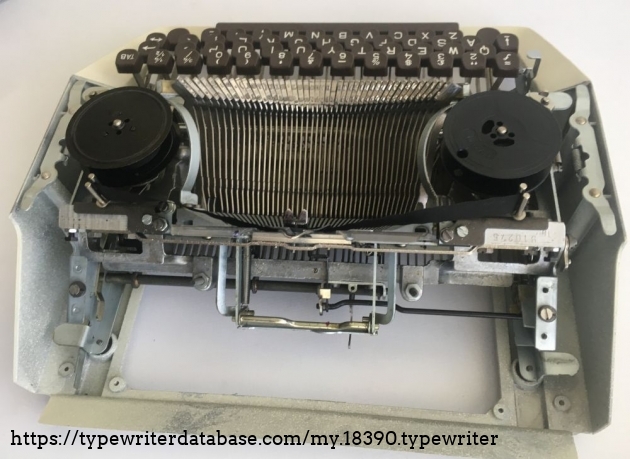
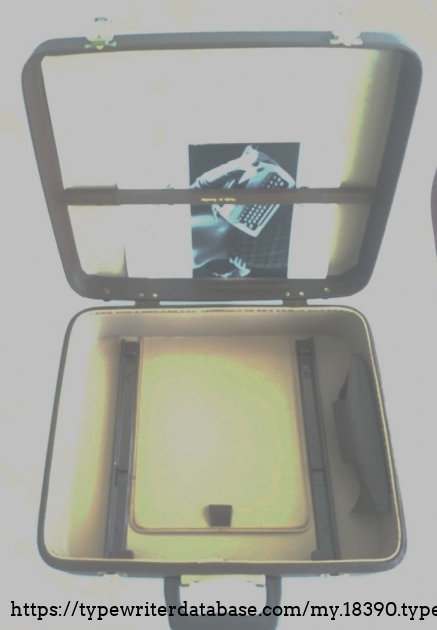
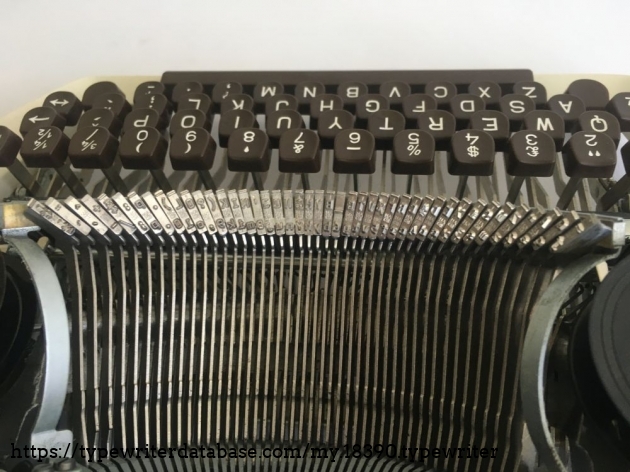
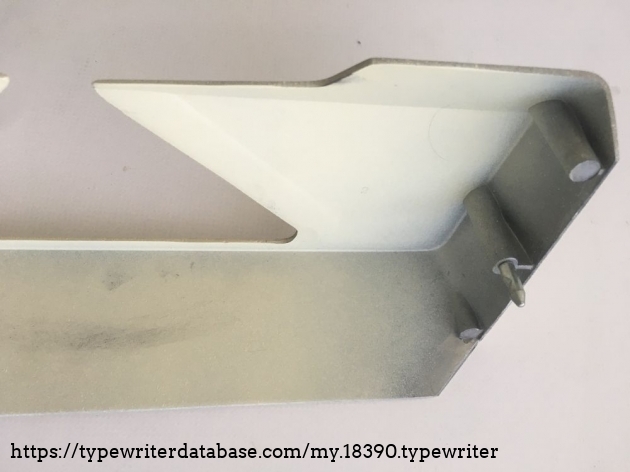
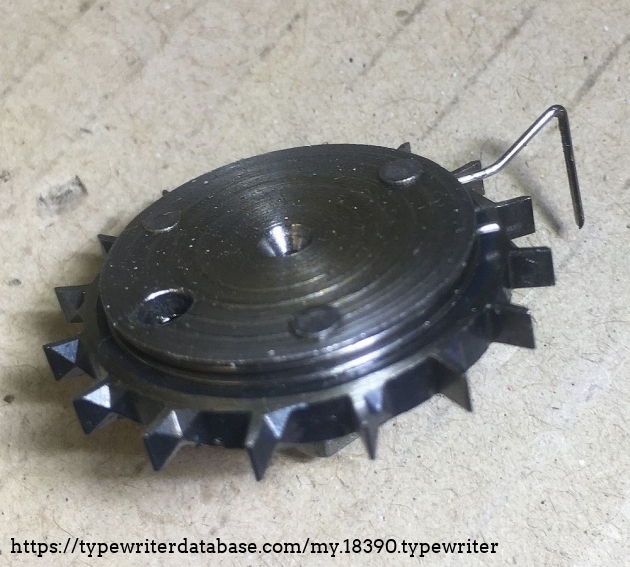
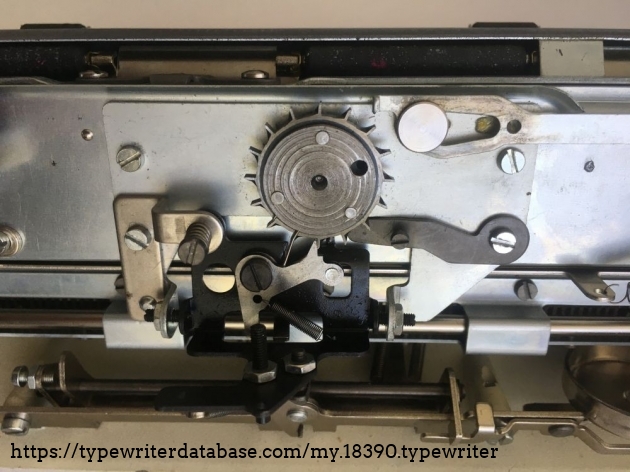
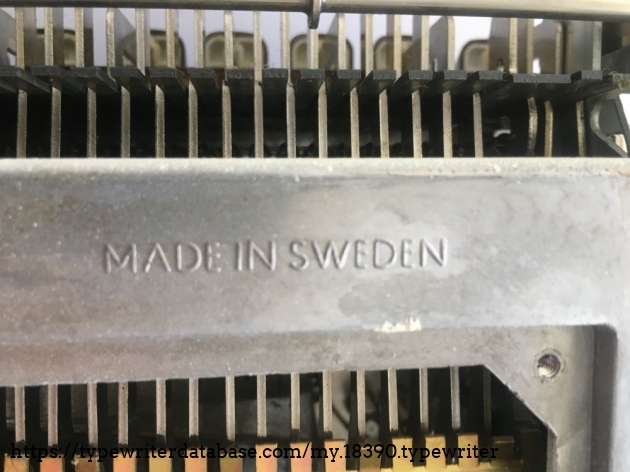
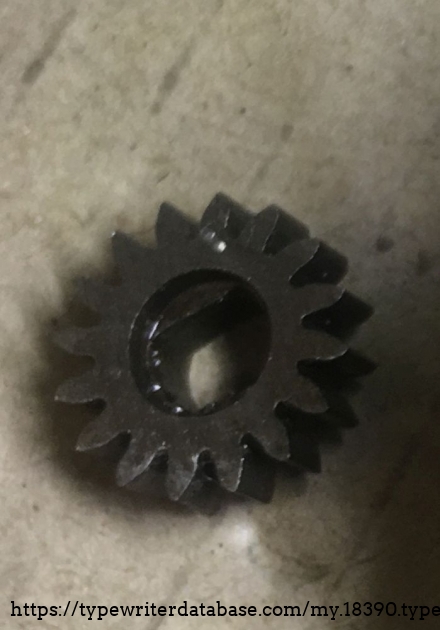
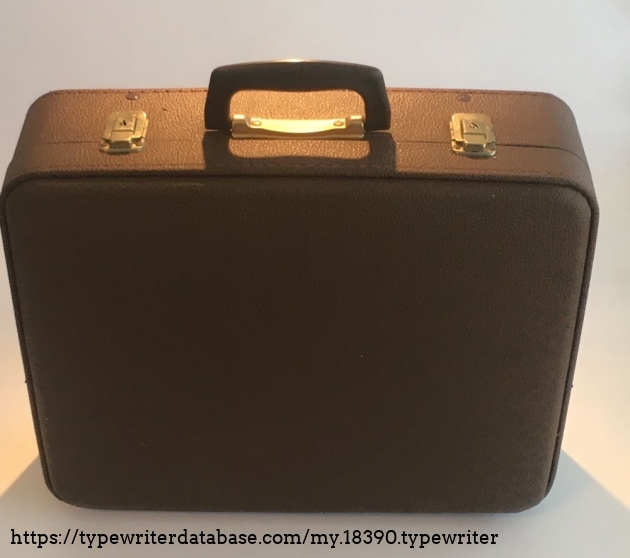
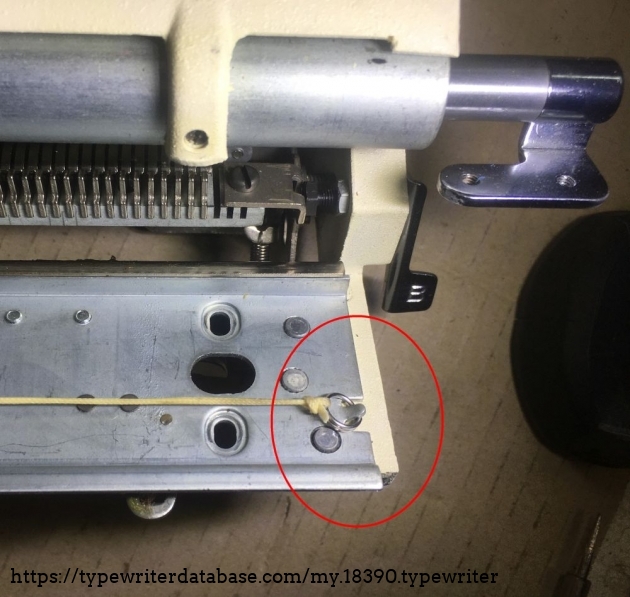
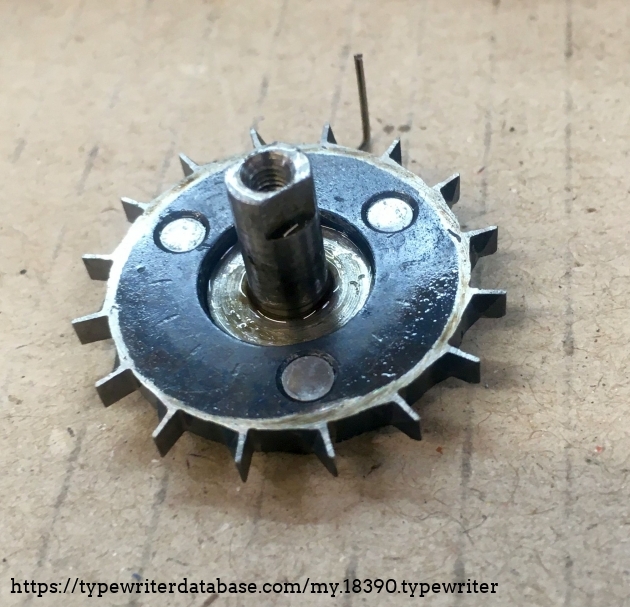


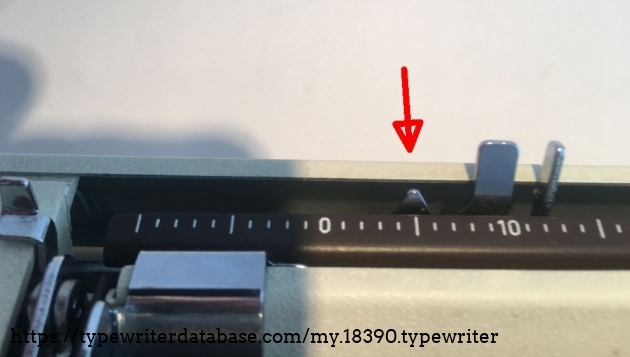
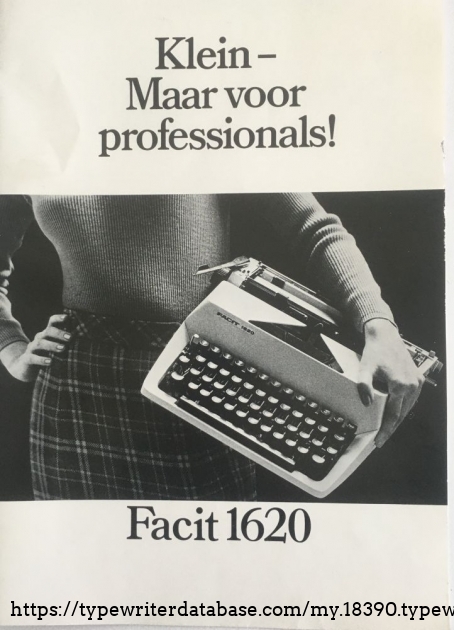
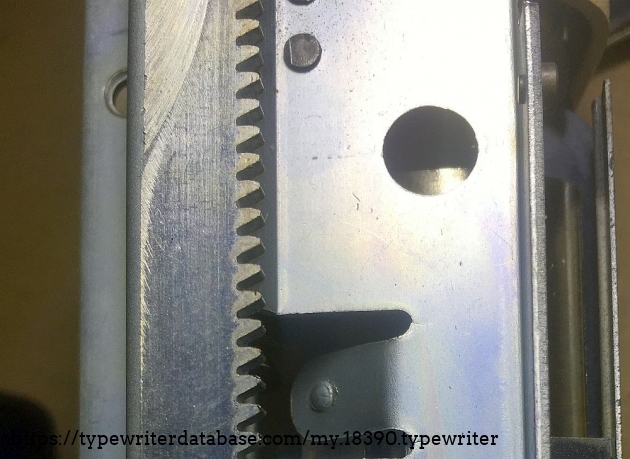
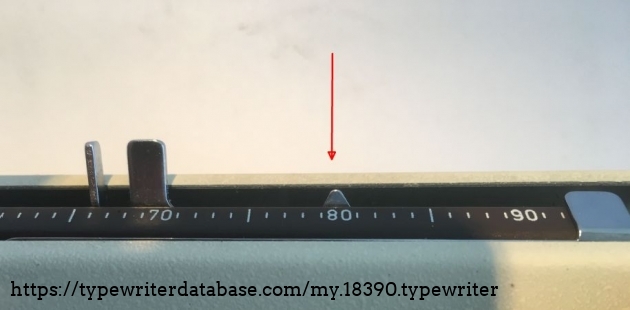
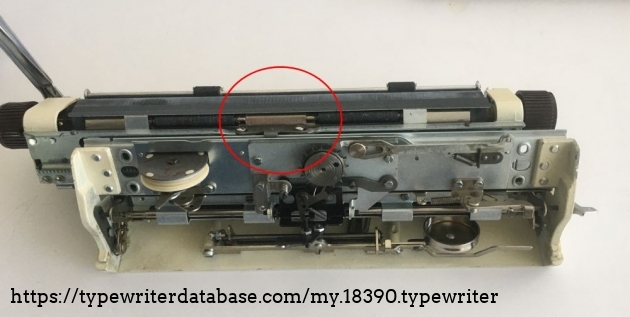
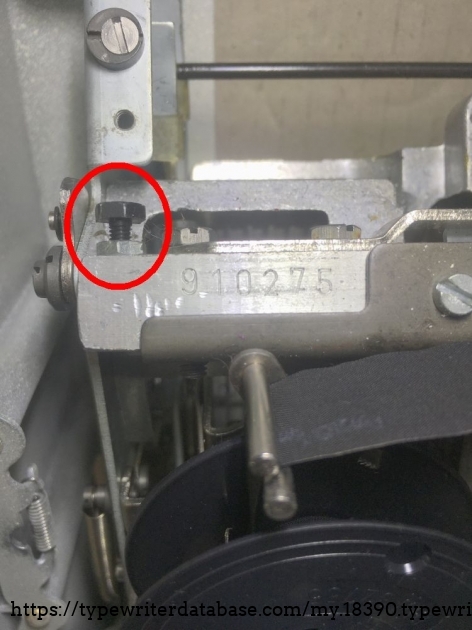
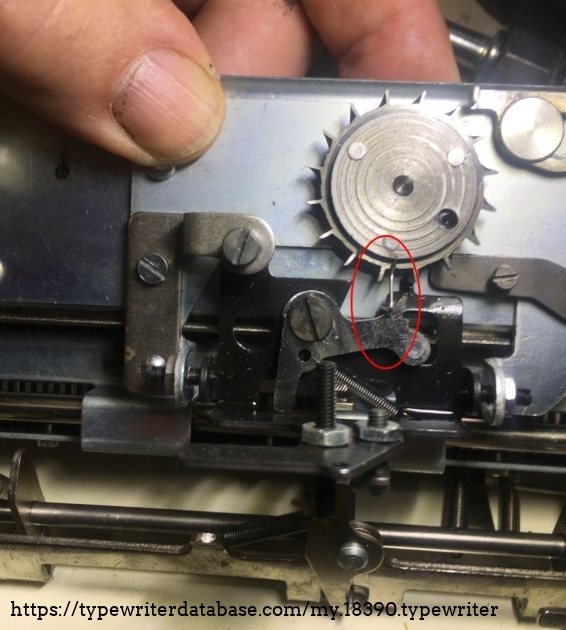
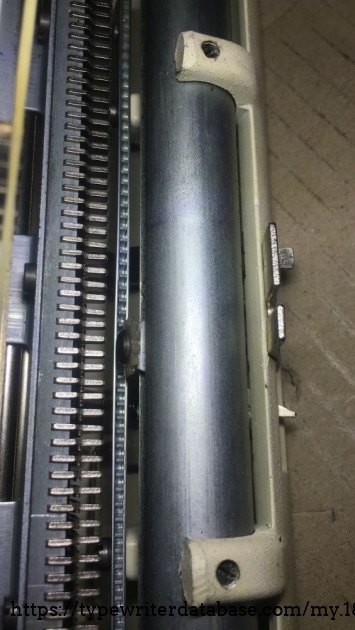
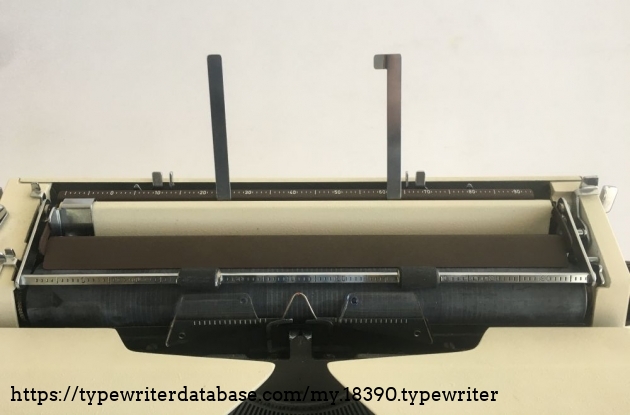

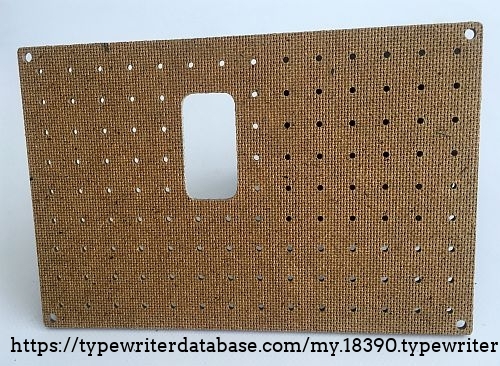
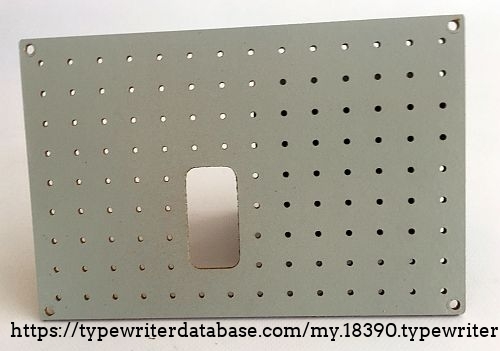
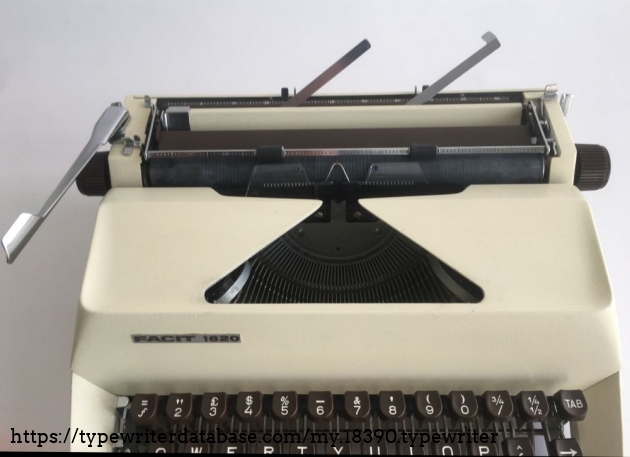
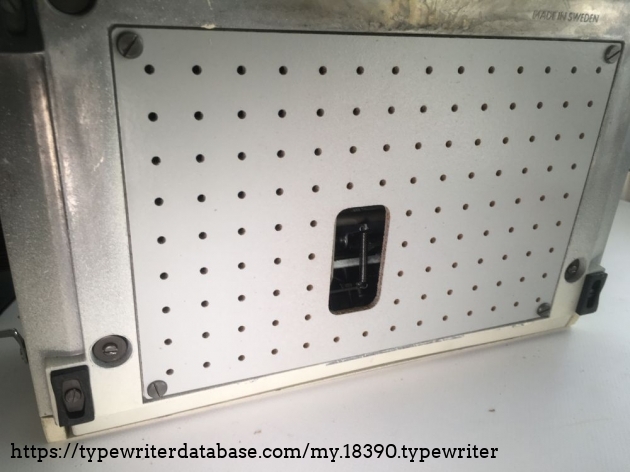
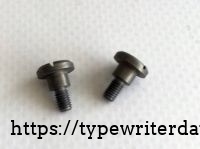
Hunter: Hein Reinders (heinemaat)
Hein Reinders's Typewriter Galleries [ My Collection ] [ My Sightings ]

Status: Typewriter Hunter
Points: 1007
As a retired product development engineer, I am fascinated by the design of electro-mechanical products in which parts move, make noise and, preferably, radiate a little heat. Most preferred are products that are operated by keys, like typewriters, accordeons and pianos.
My genetics and statistics on lifetime expectancy suggest that it is time for me to let you know about the fantastic design, product engineering and manuacturing skills of the generation before mine. I salute mr. Munk for the opportunity that he has created for me to show it to the world. Okay, a bit bombastic.
Comments? Email me at hreinder1950@gmail.com
RESEARCH NOTE: When researching the Facit 1620 on a computer with lots of screen real estate, you may find that launching the Facit Serial Number page and the Facit 1620 By Model/Year/Serial page in new browser windows can give you interesting perspectives on changes throughout the model series.
